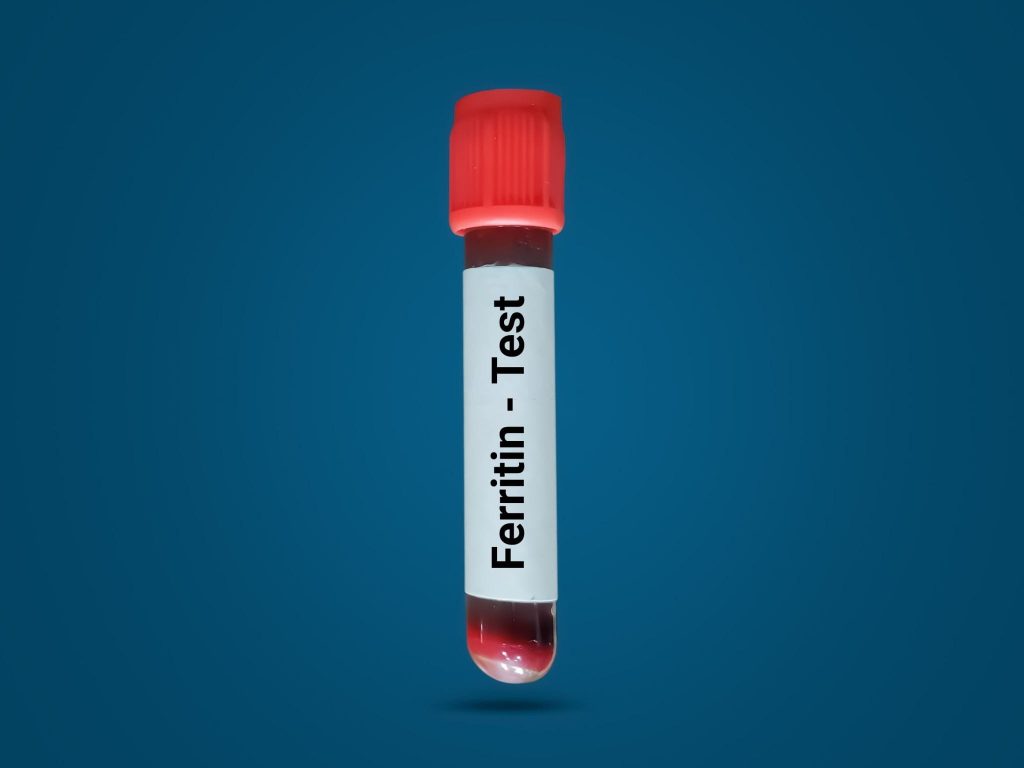Do you want to know how to increase ferritin without increasing iron?
Perhaps you are looking to avoid boosting your iron levels, yet at the same time, you want to make sure your ferritin level is in check. So, how exactly can you make this happen?
If this is your concern, keep reading to find out ways to increase ferritin while keeping your iron levels within normal range. Here are the things you should and should not do to achieve this goal.
How To Increase Ferritin Without Increasing Iron
Ferritin is essential no matter what your activity level is. Male or female, sedentary or active, you need to make sure that you have the right level of ferritin in your body. Otherwise, you may be prone to fatigue and exhaustion.
This is why it is important to consume foods that will help you to improve your ferritin while at the same time not going beyond the required iron levels. This way, you will feel at your best and prevent fatigue.
Ferritin binds to iron, which is then what helps you to produce healthy red blood cells, synthesize protein, keep your skin and hair healthy, and help your body to fight infection by improving the immune system.
It is also responsible for preventing fatigue, as your blood is able to transport oxygen necessary for your organs, tissues, and cells to stay healthy. Otherwise, you may feel weak, lethargic and lightheaded, which are classic symptoms of low ferritin.
With this in mind, you need to work on boosting your ferritin levels. You may either do this by eating more foods high in ferritin such as red meat, if you are not on a vegetarian diet. This contains heme iron, which helps increase your ferritin levels at the same time.
For others, they may consider taking a supplement that helps with their ferritin levels without overly increasing the amount of iron in their body.
However, for individuals who are following a vegetarian or plant-based diet, it is ideal to consume foods that help with ferritin supply. These include non-heme iron sources such as wheat, nuts, beans, vegetables, oats, rice, and fruits. There are also some processed foods fortified with non-heme iron, which also helps with your ferritin level.
Do keep in mind that non-heme iron is not easily or quickly absorbed by the body, as compared with heme iron. So, if you are trying to regulate your iron level, yet you want to make sure your ferritin level is not low, then the best thing to do is to stick to non-heme. Dark leafy greens, fortified bread and cereals, as well as dried beans are your best options.
Increasing Ferritin In Your Body
Aside from eating the right foods, there are also certain supplements that you may want to consider taking to improve your ferritin levels.
However, you may want to increase your vitamin C intake, as well, as this helps to boost the absorption of the ferritin from your supplement. Foods that are high in vitamin C include dark leafy greens, citrus, bell pepper, potatoes, and other fruits and vegetables.
While you are working on increasing ferritin, you should avoid foods that deplete your body’s reserves of this nutrient. Foods to avoid or limit include tea and coffee, as these have tannins that inhibit non-heme iron absorption. You can also minimize your intake of dairy products and eggs.
Lastly, be sure to get your ferritin levels checked by your doctor to know where you stand and determine whether you are way below the normal range or not. This way, your doctor can advise you further on what to do to improve your ferritin levels without impacting your body’s iron supply.

